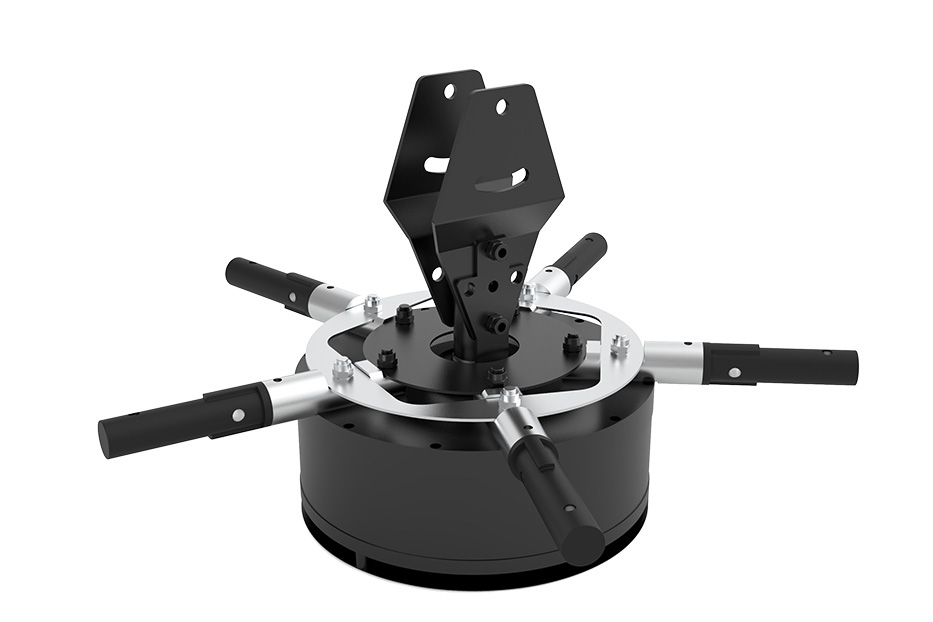21
2024
-
11
Energy-saving motor technology and applications for industrial large fans
所属分类:
日期:
2024-11-21 09:45:04.183
1. Efficient Motor Technology
- High-efficiency Permanent Magnet Motor
- Principles and Structural Features: The high-efficiency permanent magnet motor uses permanent magnets as the rotor magnetic field source, eliminating the need for excitation current and reducing excitation losses. Its rotor structure is simple, without excitation windings, which reduces copper and iron losses in the motor. For example, neodymium-iron-boron permanent magnet materials have high residual magnetism, high coercivity, and high magnetic energy product, significantly improving the motor's efficiency.

- Energy-saving Effect: Compared to traditional asynchronous motors, the efficiency of high-efficiency permanent magnet motors can be improved by 5% - 15%. In industrial large fan applications, if the motor power is 1kW and it runs 24 hours a day for 300 days a year, using a high-efficiency permanent magnet motor can save 720-2160 kWh of electricity.
- Ultra-efficient Induction Motor
- Design Improvements: The ultra-efficient induction motor reduces stray losses and stator copper losses by optimizing the motor's slot shape, winding design, and using high-quality insulation materials. For example, using closed or semi-closed slot designs can reduce the harmonic components of the magnetic field and lower stray losses.
- Energy-saving Performance Comparison: The efficiency of ultra-efficient induction motors is 2% - 5% higher than that of ordinary induction motors. For large industrial fan motors, this efficiency improvement leads to significant energy savings.
2. Intelligent Control Technology and Energy Saving
- Intelligent Speed Control System for Motors
- Principles and Functions: The intelligent speed control system can automatically adjust the speed of the industrial large fan motor based on parameters such as ambient temperature, humidity, air quality, and user-defined ventilation requirements. For example, by detecting the temperature and harmful gas concentration in the workshop with sensors, the fan speed can be reduced to save energy when the temperature and harmful gas concentration are within an appropriate range.
- Energy-saving Benefits: In practical applications, the intelligent speed control system can achieve energy savings of 20% - 60% based on different working conditions. For instance, in an automated production line workshop, different production stages have varying ventilation needs, and the intelligent speed control system can accurately adjust the fan motor speed according to specific conditions to avoid energy waste.
- Group Control Technology for Motors

- Multi-motor Coordinated Operation Mechanism: Group control technology allows for centralized control and management of multiple industrial large fan motors. By analyzing the ventilation needs of the entire workshop or space, it reasonably allocates the operating states of each motor, such as speed and start-stop times. For example, in a large warehouse, different areas have varying storage densities and ventilation requirements, and group control technology can adjust the speed of fan motors near densely stored goods while reducing or stopping the operation of motors in less crowded areas.
- Overall Energy-saving Effect: By using group control technology, energy efficiency can be further improved while meeting overall ventilation needs. Compared to independent control of individual motors, the overall energy-saving effect can be enhanced by 10% - 30%.
Recommended News


 400-086-9230
400-086-9230 

 联系我们
联系我们 

 sales@dawangfanschina.com
sales@dawangfanschina.com 



